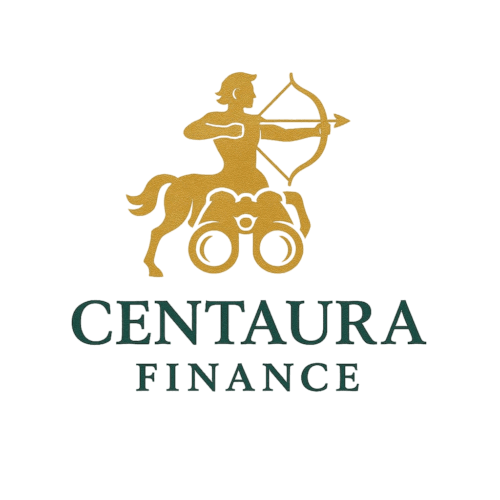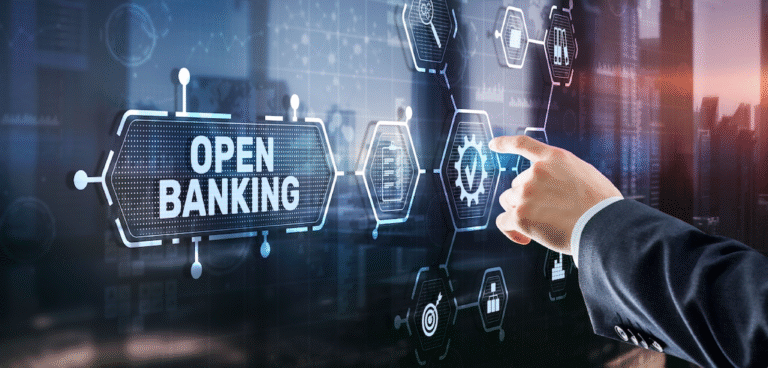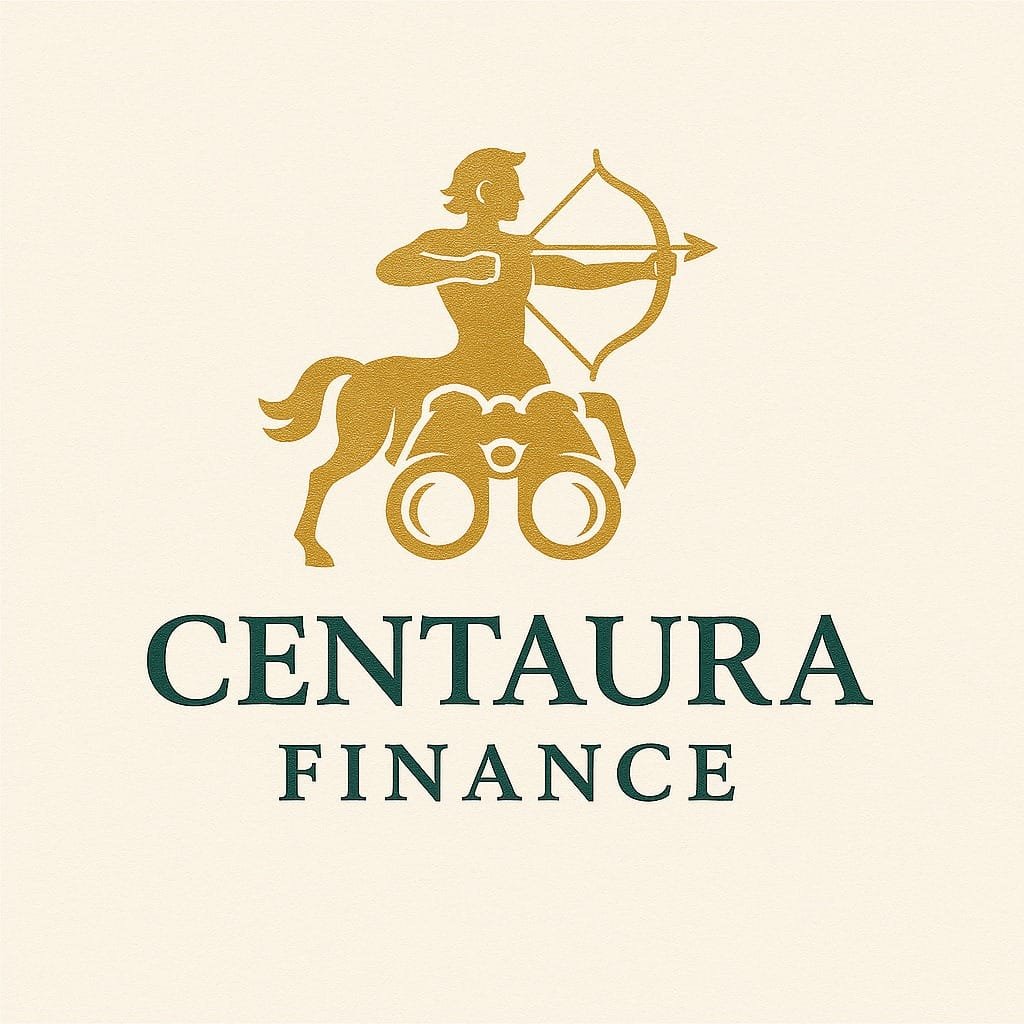The financial world is changing fast, but one shift you may not have fully explored yet is open banking, a consumer perspective that could redefine your relationship with money.
While the term might sound technical or even a bit intimidating, open banking is already influencing how millions of people manage, access, and interact with their finances.
But here’s the twist: most of the conversations around open banking often ignore one key angle what this really means for the average consumer like you.
So today, we’re going to break it all down. Not just open banking explained in the usual jargon-heavy way, but through a consumer-focused lens that captures the good, the bad, and the potentially transformative.
What Is Open Banking?
Let’s start simple. What is the open banking system, and why is everyone from tech companies to regulators so excited about it?
Open banking is a system where banks securely share customer financial data (with your permission) with third-party providers, like budgeting apps, lending platforms, or fintech tools. The goal? To create a more personalized, transparent, and user-centric financial ecosystem.
Think of it like this: instead of managing your accounts across five different apps, open banking allows one platform to pull together all your financial data safely and in real time to help you save more, borrow smarter, and plan better.
Why Should You Care? A Real Consumer Perspective
From the outside, open banking might feel like something meant for tech people or bankers. But open banking, from a consumer perspective, is about how you can gain more control over your financial life.
Here’s where it gets personal:
Imagine you apply for a loan, and instead of waiting days for approval, the lender gets instant access to your transaction history (with your consent) and gives you a decision within minutes.
Or picture a budgeting app that not only tracks your spending across all accounts but also suggests savings strategies based on your unique habits.
Open banking makes this possible, and it’s already happening.
Key Benefits of Open Banking for Customers
Let’s look at what open banking means for customers in practical, everyday terms.
1. Total Financial Visibility
Say goodbye to switching between apps and bank portals. Open banking lets you see all your accounts in one place, which makes budgeting and saving much easier.
“Since connecting my bank accounts to a single dashboard, I’ve been able to track every cent and finally take control of my spending.” — Jasmine, Texas
2. Smarter Budgeting and Saving
With intelligent apps using your actual data, you can get automated financial advice that fits your lifestyle, not just generic tips.
3. Faster, Fairer Lending
Traditional credit scores aren’t always fair. Open banking gives lenders access to real-time income and spending data, which can mean better loan terms for responsible customers even if they don’t have a perfect credit score.
4. Customized Financial Products
No more one-size-fits-all banking. Open banking allows providers to offer products tailored to your specific needs, whether it’s a savings account, investment tool, or credit card.
But What About the Risks of Open Banking?
It’s natural to ask: Is open banking safe? Could it go wrong?
Here’s the good news: open banking is regulated in many countries. In the U.S., it’s largely driven by market forces, but elsewhere (like the EU or UK), regulations ensure that data sharing is done securely and transparently.
In Nigeria, for instance, the CBN (Central Bank of Nigeria) has introduced specific guidelines for open banking by CBN, which ensure that consumer rights are protected and all transactions remain traceable and encrypted.
Still, as a consumer, you should:
Only grant access to trusted, verified apps
Regularly check who has access to your data
Revoke permissions anytime you feel unsure
Open Banking by CBN and Global Implications
You might be surprised to know that countries like Nigeria are leading the way in open banking frameworks. The open banking by CBN regulation is laying the groundwork for a financially inclusive ecosystem, especially for the underbanked population.
Meanwhile, in the U.S., although there isn’t a central open banking law yet, institutions are increasingly embracing API-based data sharing. This allows consumers to safely link their accounts to apps like Venmo, Robinhood, or Mint.
The result? Open banking is no longer a future concept; it’s a present-day reality.
Data Privacy and Trust: What You Must Know
The foundation of open banking is trust, and that starts with data privacy.
Whenever you connect your bank account to a third-party app, you’re authorizing limited, read-only access. These apps can’t withdraw money or make transactions unless you give explicit approval.
To stay safe:
Use apps that follow OAuth 2.0 security protocols
Look for apps listed on your bank’s official open banking directory
Read permission requests carefully and know your rights
In most countries, you can revoke access anytime. That’s part of the consumer-first nature of open banking.
Is Open Banking for Everyone?
While open banking brings a ton of value, it’s not for everyone just yet.
You Might Benefit If:
You use multiple banks or credit cards
You’re looking to budget better
You want tailored loan offers
You’re self-employed or have a variable income
You Might Want to Wait If:
You’re uncomfortable sharing data
You prefer doing things manually
Your bank or region hasn’t implemented secure API access
The Future of Finance Is Consumer-Led
Here’s the most exciting part: Open banking is giving the power back to consumers.
It’s shifting the financial landscape from one where banks hold all the control, to one where you decide how your data is used and who can help you get the most from it.
This means:
More personalized financial services
Greater transparency in fees
A growing market of apps competing to serve you better
As open banking information continues to evolve, one thing is clear: you’re no longer just a customer; you’re an empowered financial partner.
Final Thoughts
If you’ve ever felt like your bank doesn’t “see” you or your financial life feels disjointed, open banking offers a refreshing new way forward. It puts you at the center, giving you choice, control, and clarity.
So whether you’re in New York or Nairobi, tech-savvy or still getting comfortable with digital tools, open banking is your chance to reclaim your financial narrative.
Explore platforms that support open banking. Ask your bank if they support secure third-party access. Read reviews. Start small.
But above all, get curious, because this is your money, your data, and your future.


